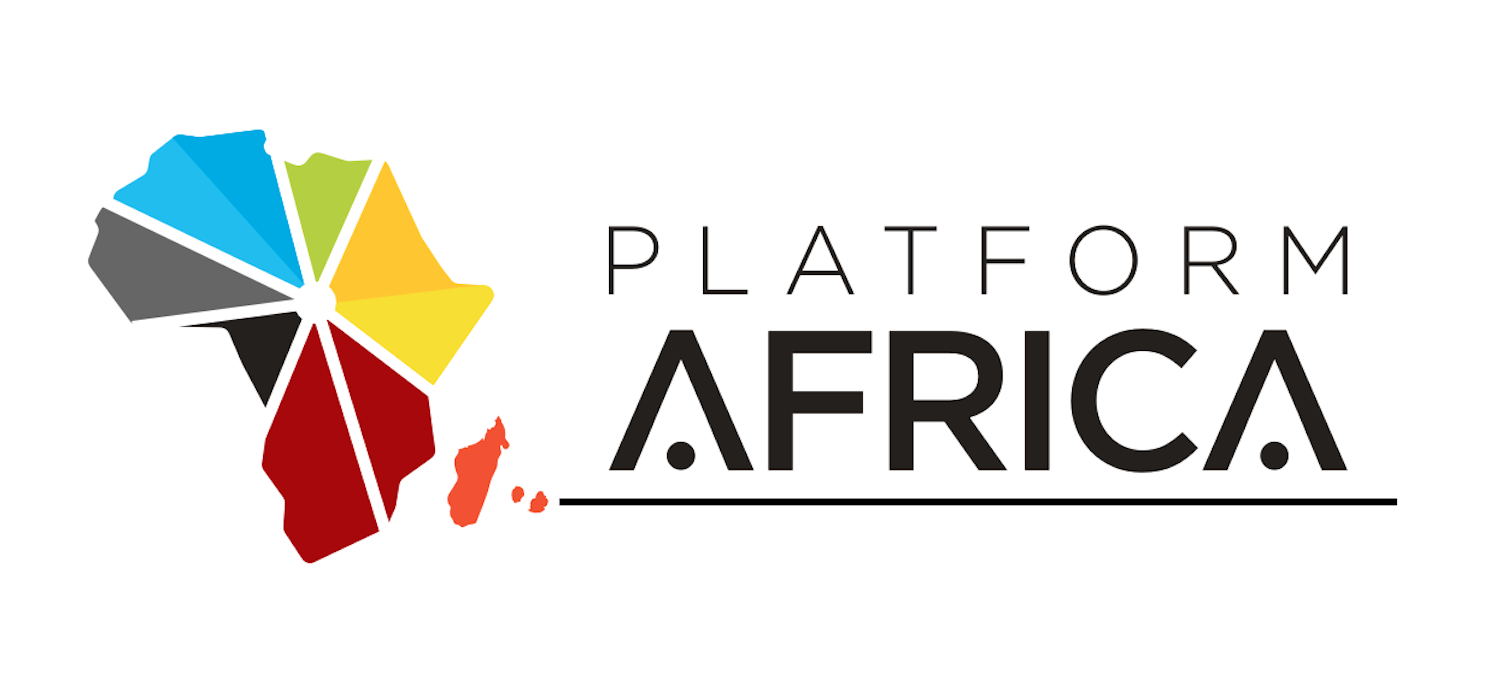- First Indian credit rating agency to enter the Global Scale Ratings with launch of CareEdge Global IFSC Ltd.
- Unveiled CareEdge Report on Sovereign Ratings of Global Economies
CareEdge Ratings, India’s leading credit rating agency, today announced that it has become the first Indian credit rating agency to enter the Global Scale Ratings space, through its subsidiary, CareEdge Global IFSC Limited.
CareEdge has unveiled a report on Sovereign Ratings of Global Economies, releasing sovereign ratings of 39 countries in a mega event held at GIFT City, Gandhinagar, India. Many eminent personalities from regulators, corporates and policy makers were present during the launch, including Shri K.V. Kamath – renowned corporate leader in India, Shri Ashish Kumar Chauhan – MD & CEO, NSE, and Shri Sanjeev Sanyal – Member, Economic Advisory Council to Prime Minister.
In its first sovereign rating action, CareEdge Global has assigned the following ratings to 39 countries: AAA to Germany, Netherlands, Singapore and Sweden; AA+ to Australia, Canada and USA; AA- to France, Japan, Korea, UAE and UK; A+ to Portugal, A to China and Spain; A- to Chile, Malaysia and Thailand; BBB+ to Botswana, India and Philippines; BBB to Indonesia, Italy and Mauritius; BBB- to Mexico, Morocco and Peru; BB+ to Brazil, Columbia, Greece and Vietnam; BB to South Africa ; B+ to Turkey; B to Nigeria; B- to Ecuador and Egypt; CCC+ to Bangladesh; CCC to Argentina and D to Ethiopia.

Speaking on the occasion, Mehul Pandya MD & Group CEO, CareEdge said, “This is a significant milestone for us in our journey towards becoming a global knowledge-based institution. As India’s economic influence grows, it is both timely and appropriate for an Indian company to enter this domain. CareEdge Ratings brings with it a nuanced understanding of emerging economies – a perspective that is invaluable in today’s complex global economic environment. We are convinced that it is very important to have transparency in methodology of sovereign ratings, particularly in assessing the growth potential and investment needs of economies. This reflects in the ratings assigned by us. We are conscious of the responsibility that comes with our entry into this space and are fully committed to provide independent and unbiased opinion.
CareEdge Sovereign Ratings methodology involves analysis under five broad pillars to determine a sovereign’s creditworthiness. These pillars are Economic Structure & Resilience (25% weightage), Fiscal Strength (25% weightage), External Position & Linkages (16.67% weightage), Monetary & Financial Stability (16.67% weightage), and Institutions & Quality of Governance (16.67% weightage). The assessment of each of these pillars is based on the consideration of historical, current as well as expected future trends.
Rajani Sinha, Chief Economist, CareEdge Ratings said, “Our methodology is robust and aptly captures the nuances of developed and emerging economies, even while applying consistent thresholds across countries. This rating assigned using our methodology will aid investors and enhance the diversity of opinions about various countries.”
Sharing insights from the report during her presentation, she said, “India has a unique advantage of being large in size and recording high growth. However, it’s important to note that India’s per capita income, even in PPP terms, is relatively lower than its peers. Looking at India’s growth, GDP growth was healthy at around 8% in FY24. Going forward, we can expect growth to remain strong in the 6.5% to 7% range for the next few years. Now, if we look at India’s investment-to-GDP ratio, which we mentioned earlier as a key parameter, it’s over 30%, which is relatively high compared to its peers. Moreover, the government is placing increased focus on capital expenditure. The capital expenditure-to-GDP ratio is currently at around 3.5%, which is significantly higher than the pre-COVID figure of about 1.7%. Specifically, there’s a strong emphasis on infrastructure investment, and this bodes well for the future growth potential of the economy. Additionally, alongside physical infrastructure, there is significant investment in digital infrastructure, which is supportive of sustained growth.”
Ms. Sinha went onto add, “Another major advantage for the Indian economy is its young population. Many developed economies are facing the challenge of an aging population. In contrast, India offers a unique opportunity with its youthful demographic—the median age in India is around 27, compared to 35 in China and 45 in Europe. However, the key monitorable factor will be the government’s investment in health, education, and skill development to ensure this young population is productively employed, alongside the creation of sufficient job opportunities. We saw several steps towards this in the last union budget, so that remains a critical point to monitor for India’s economy.”
As for weaknesses, a major challenge for India is its high government debt, which stands at around 80% of GDP. Ms. Sinha explained, “While many developed economies have higher debt-to-GDP ratios, India has the added burden of high interest payments. India’s interest-to-revenue ratio is about 25%, which is significantly higher than its peers. That’s a big negative. However, India’s debt trajectory is on a downward trend. The debt-to-GDP ratio is projected to fall to around 73% by 2035, so while it’s a gradual decline, it’s moving in the right direction. At a time when global debt is rising, India is one of the few countries where debt levels are expected to fall. Another positive is that over 95% of India’s government debt is domestic. This, much like Japan’s situation, reduces the vulnerability of the economy to external shocks.”




